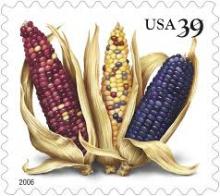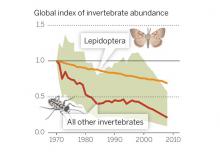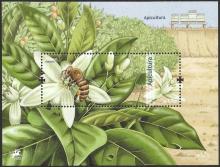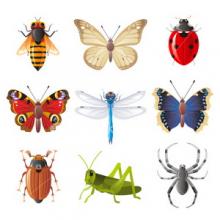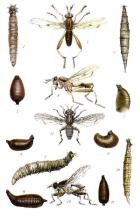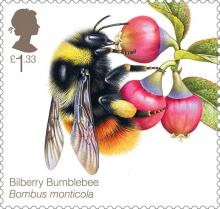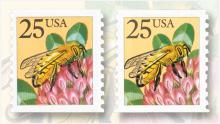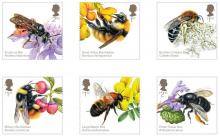Planting of neonicotinoid-treated maize poses risks for nontarget organisms over a wide area without consistent crop yield benefit
Neonicotinoid insecticides are used as seed treatments on most grain and oilseed crops in the U.S., yet the extent and likelihood of spread of insecticide residues during planting has not previously been quantified. Honeybees are the best model for estimating exposures in mobile insects. We measured neonicotinoid dust drift during maize sowing and used sites of maize fields, apiary locations, and honeybee foraging radii to estimate likelihood of forager exposure. We performed a concurrent multiyear field assessment of the pest-management benefits of neonicotinoid-treated maize.

